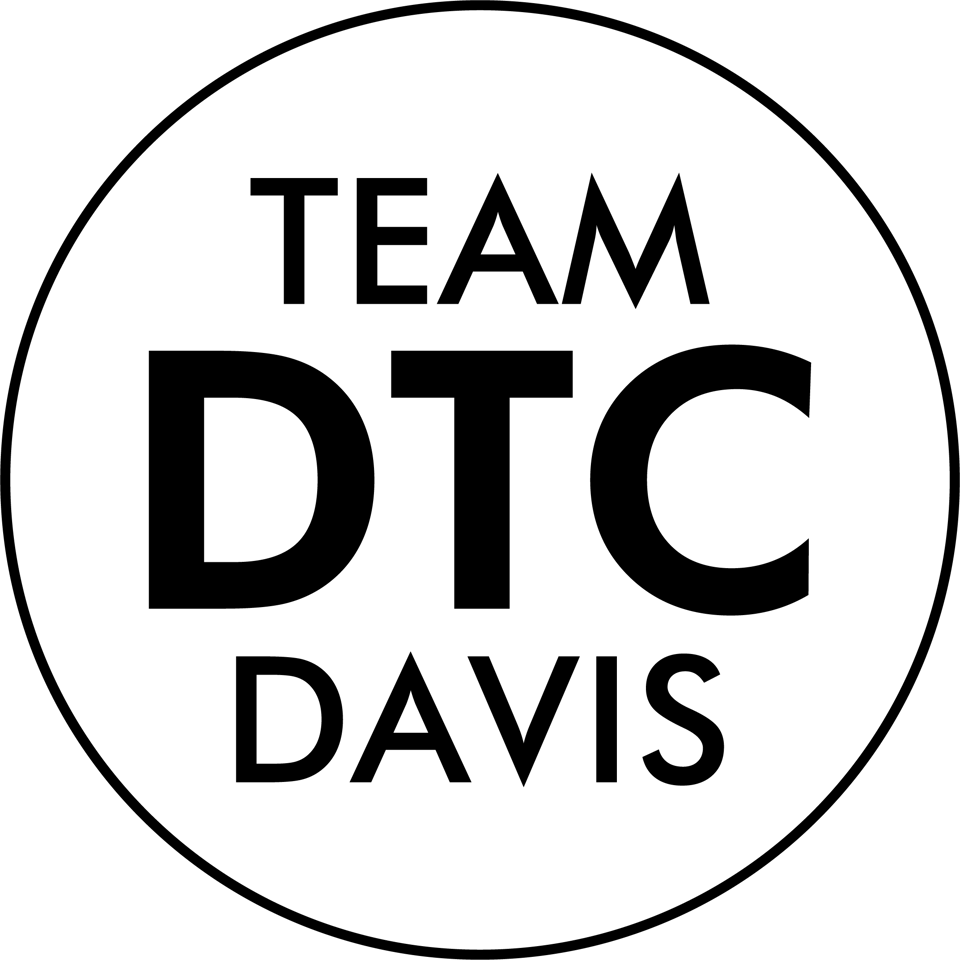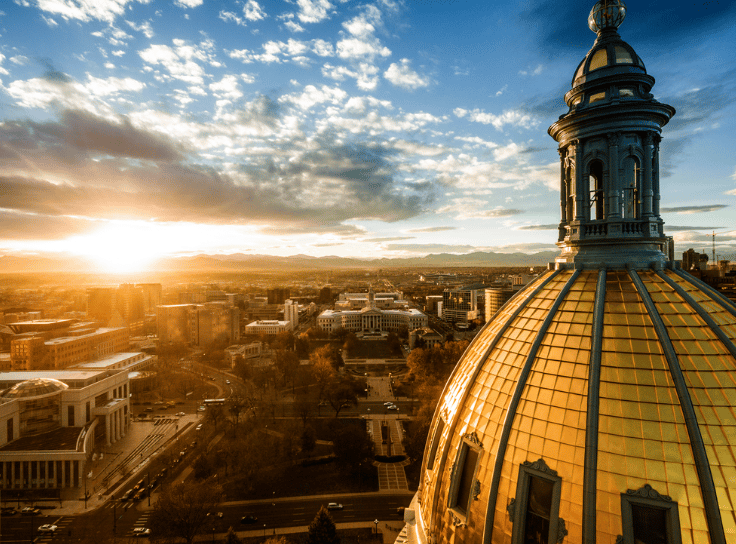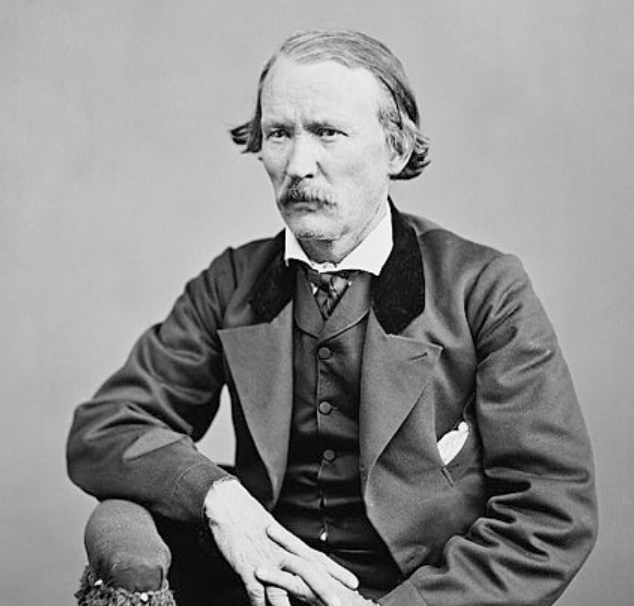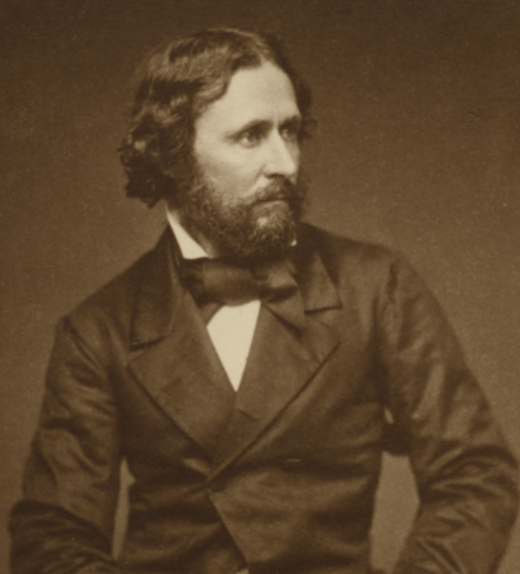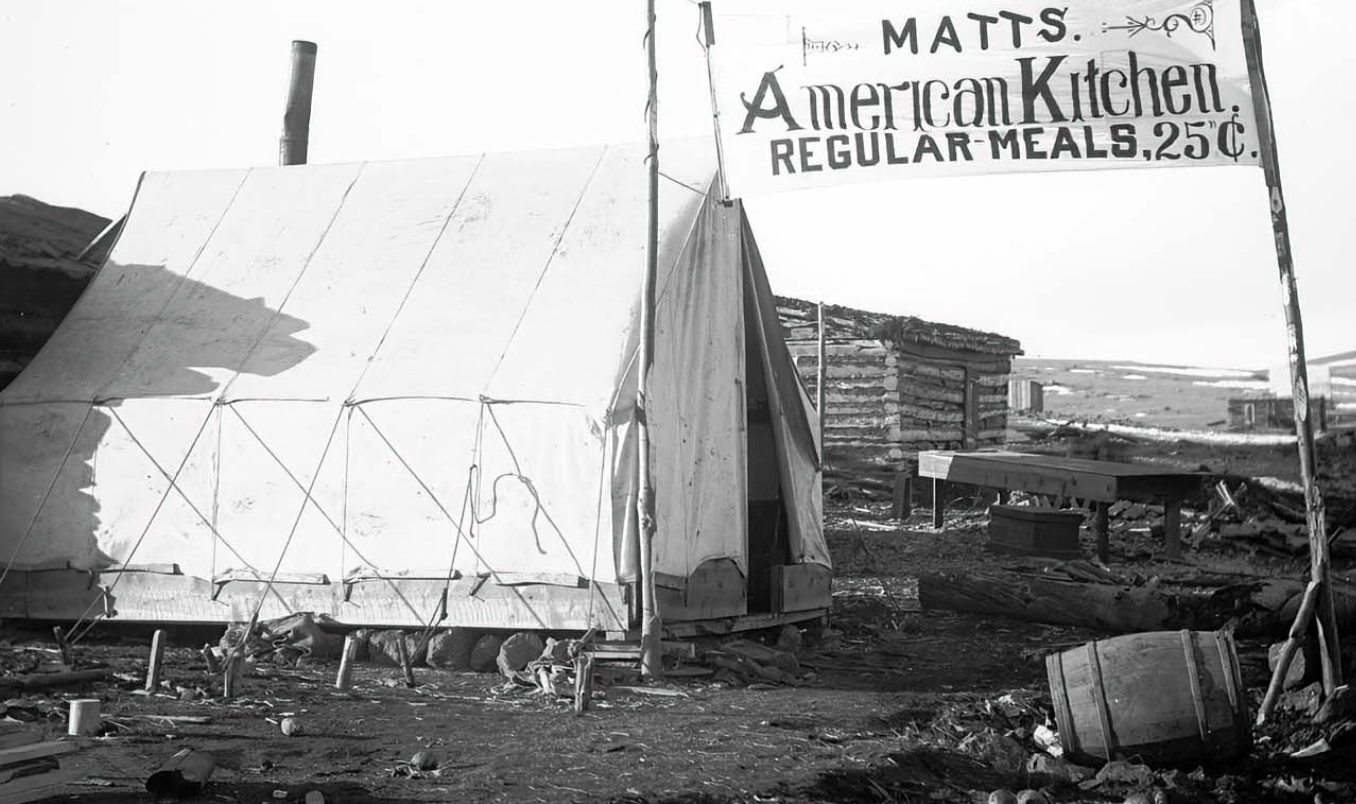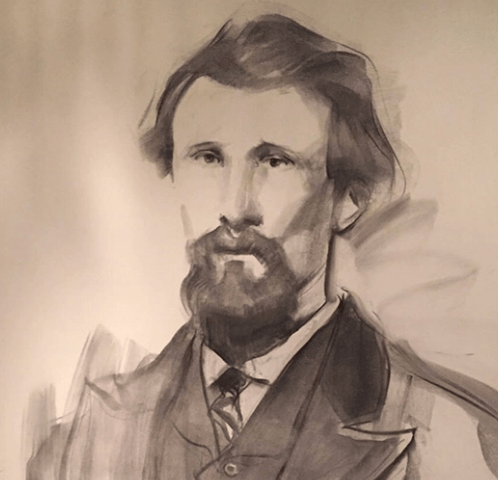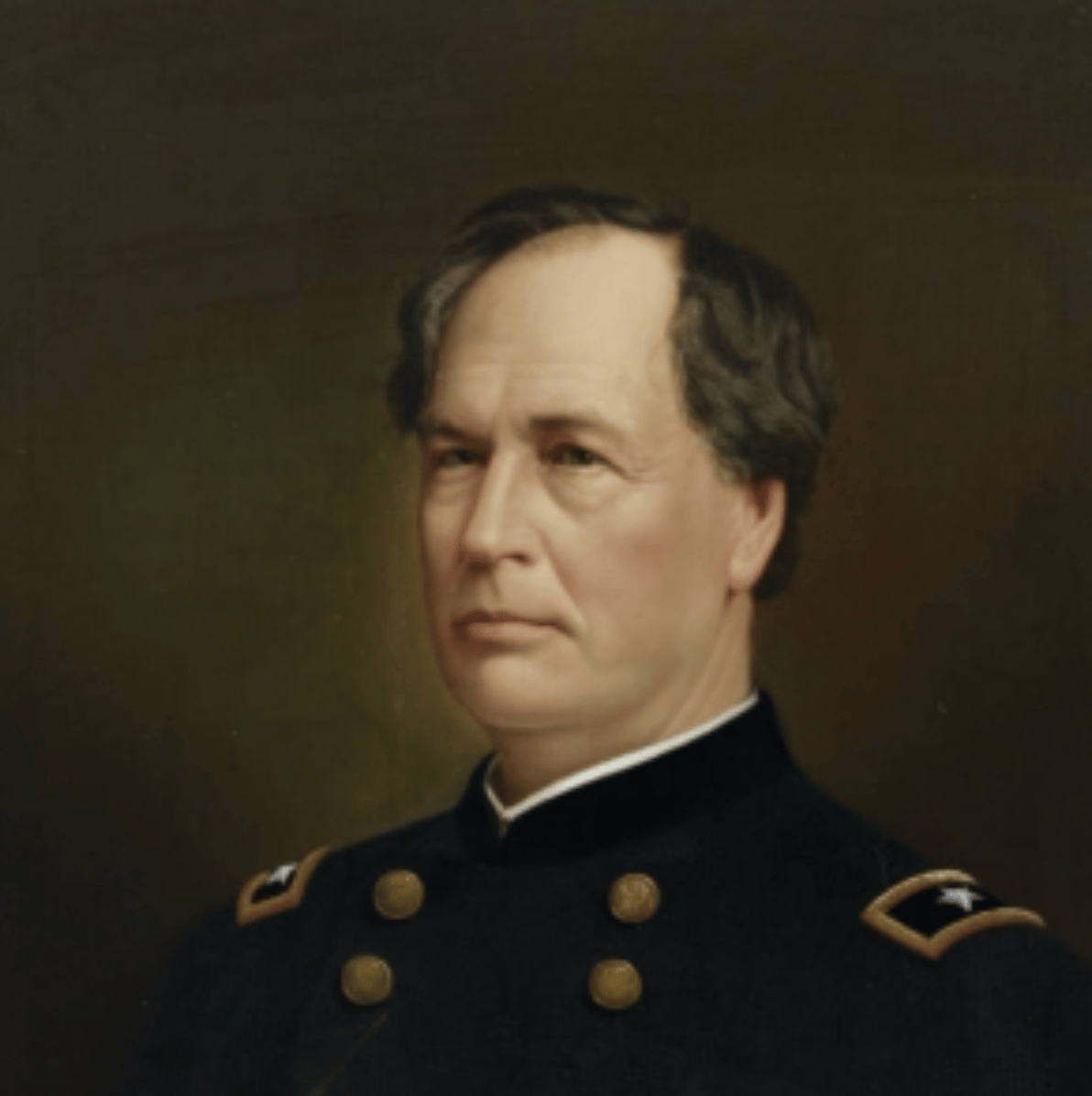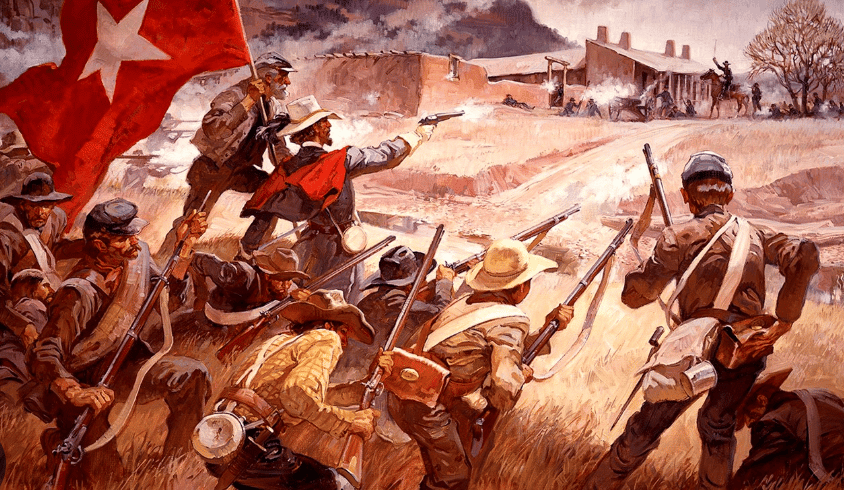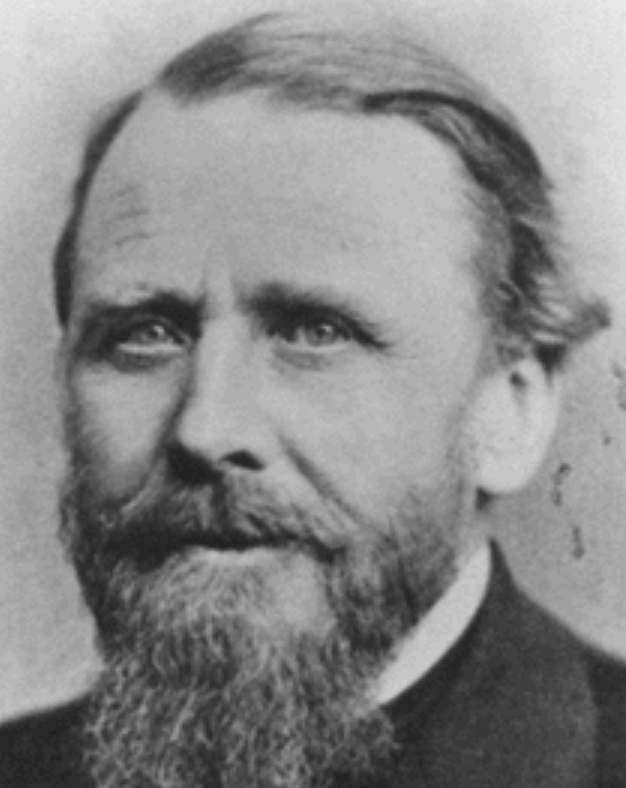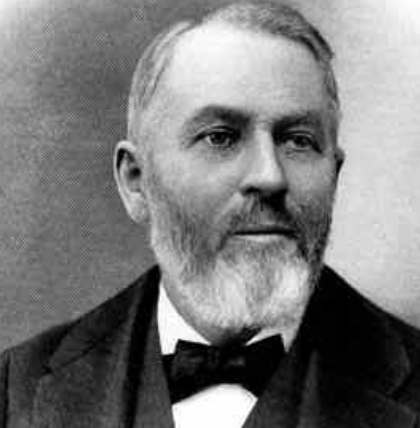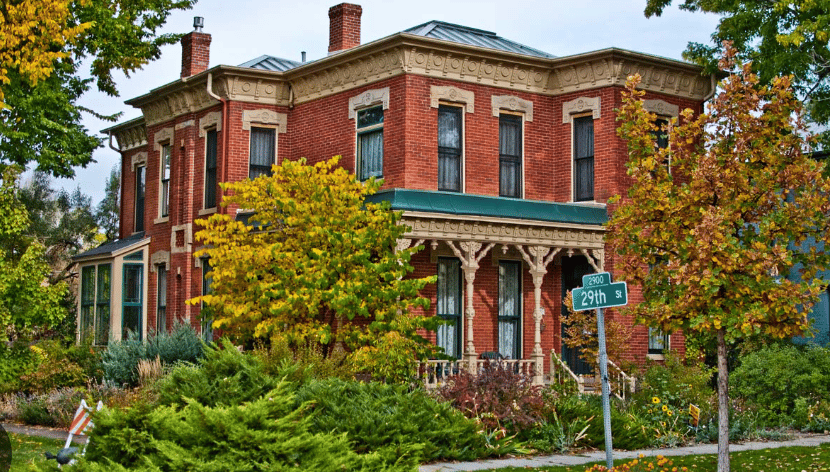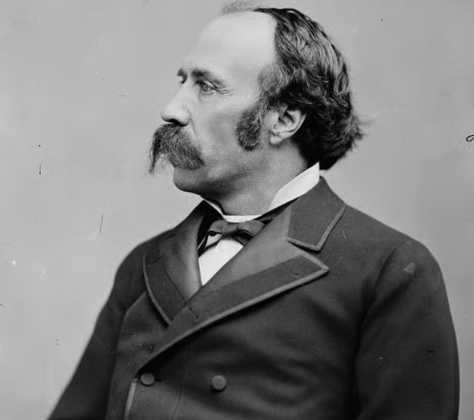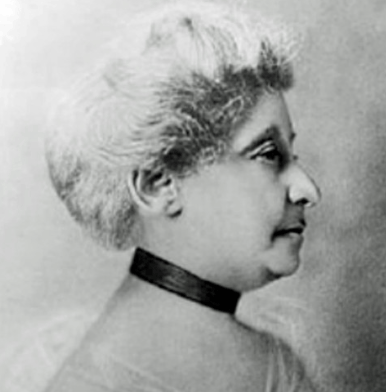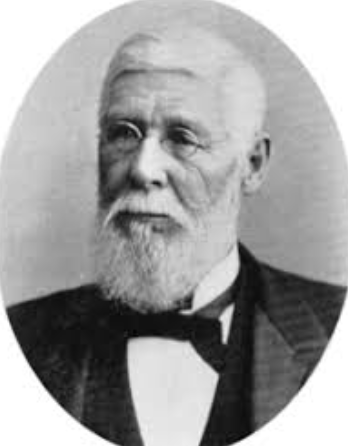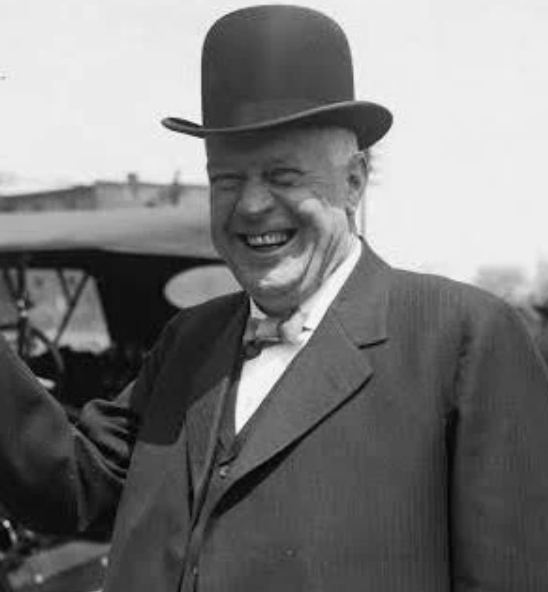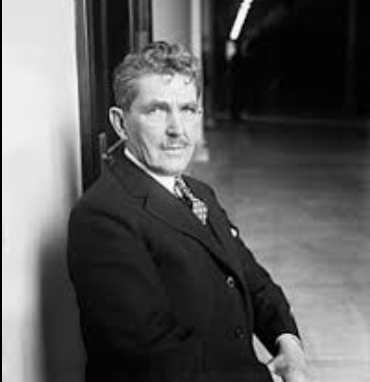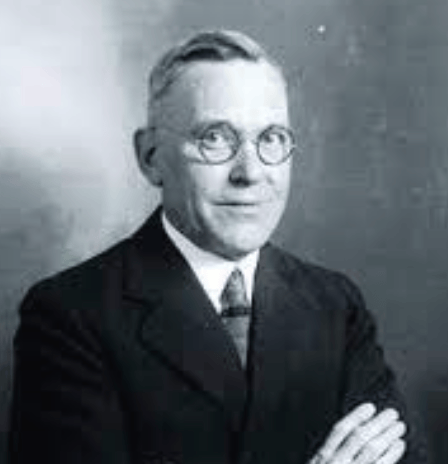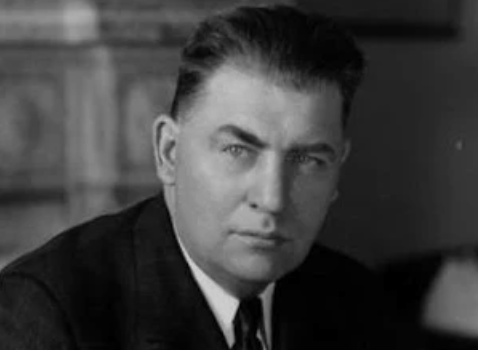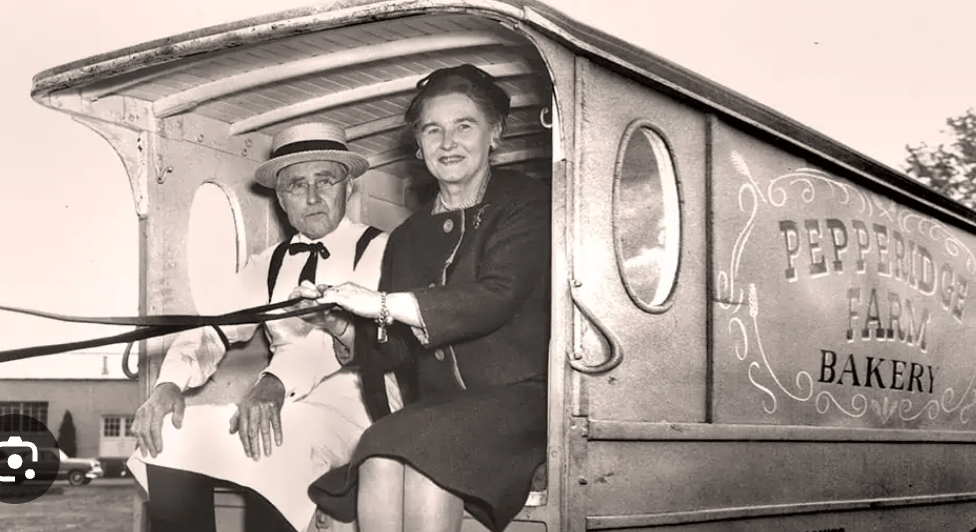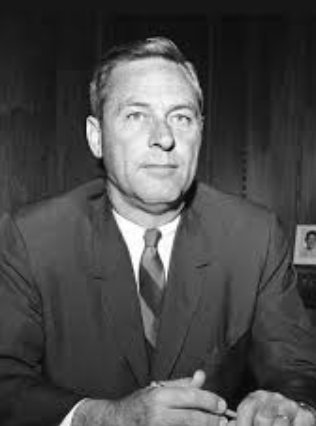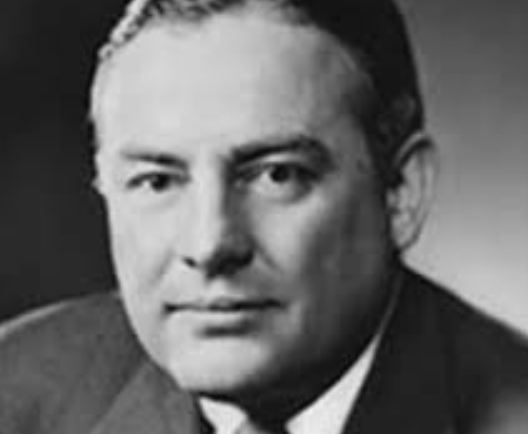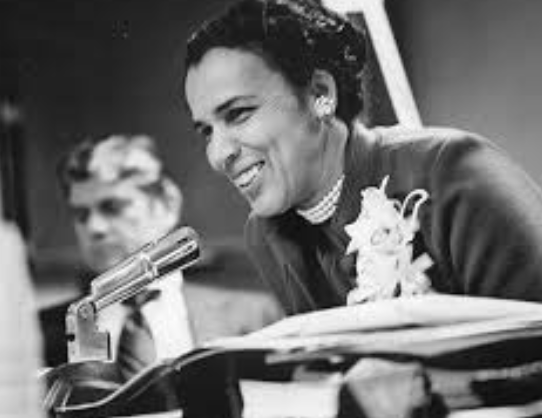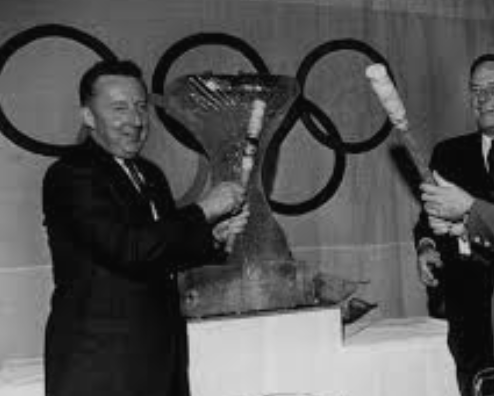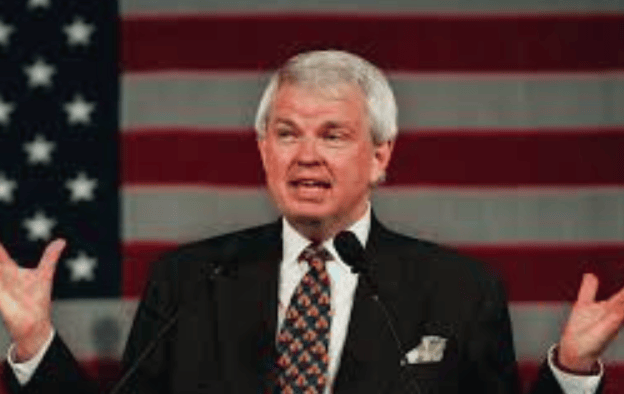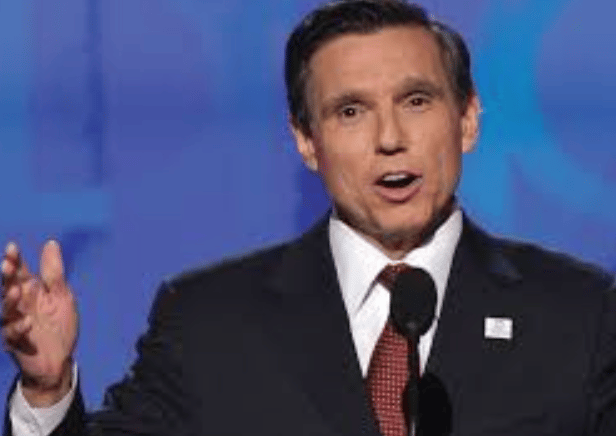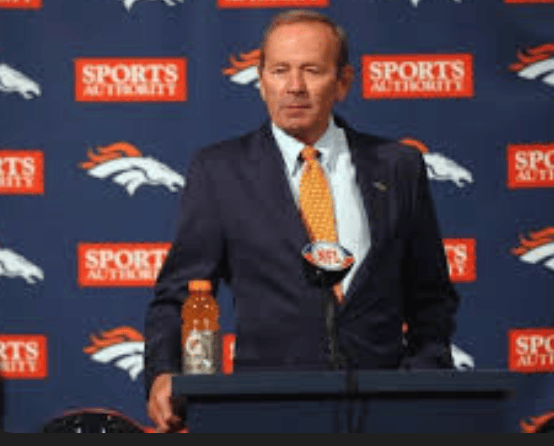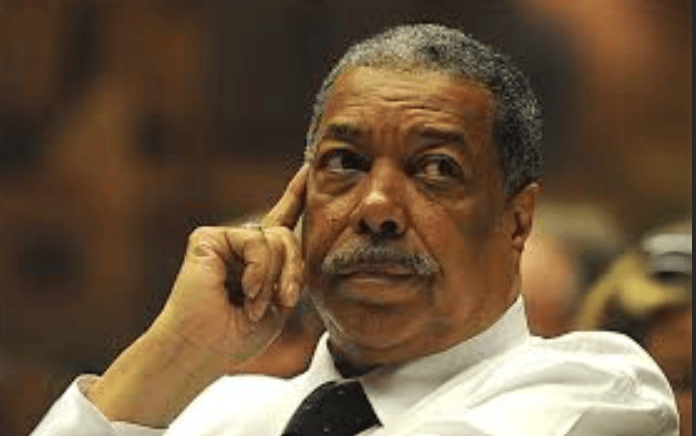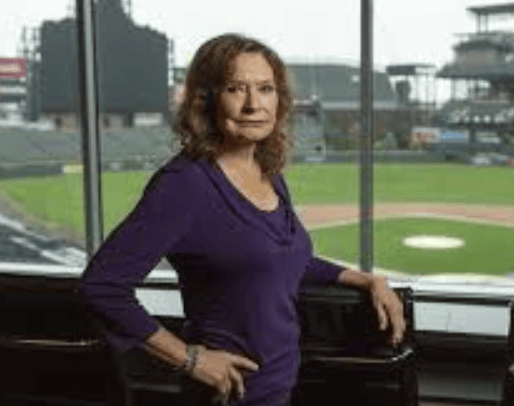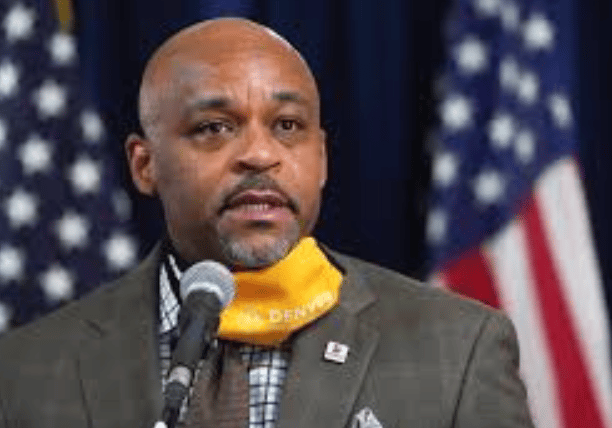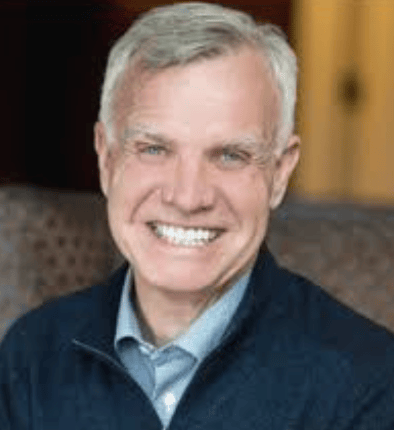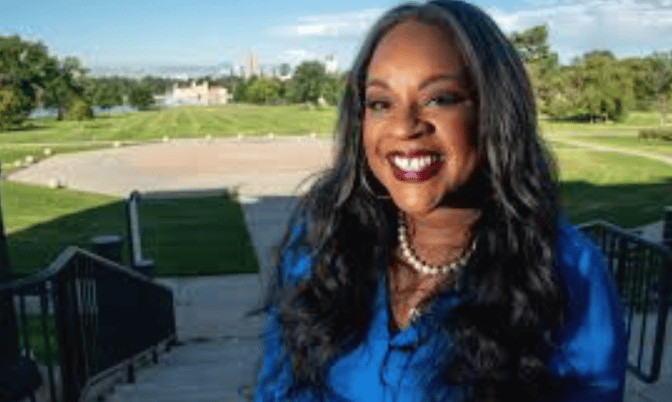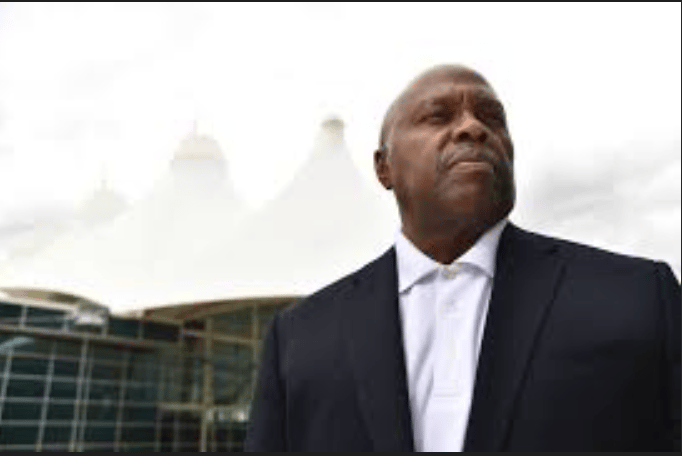From Mammoths to Mile High:
A Decade-by-Decade Journey Through Denver’s History
Denver skyline, 1898
Denver didn't just appear out of nowhere. Long before the Broncos, Nuggets, Avalanche and Rockies were winning championships (ok, maybe not the Rockies) or skyscrapers filled the skyline, this land was home to ancient people, bold explorers, gold miners, and city builders. This narrative will guide you through Denver's history, one decade at a time. Each section includes stories, important people, and space for photos or videos you can add yourself. Let’s start at the very beginning.
Denver Area: 20,000 BC – 1840 CE
What Life Was Like
More than 20,000 years ago, people lived in the area we now call Denver. These first people are known as Paleo-Indigenous. They hunted mammoths and bison using sharp tools made of stone. Over thousands of years, their way of life changed, and new tribes began to live here.
By the 1500s, the Ute, Arapaho, and Cheyenne tribes lived in the plains and mountains of Colorado. They moved with the seasons, hunted deer and buffalo, and traded goods with other tribes.
In the 1700s and 1800s, explorers from Spain and France passed through the area. They didn’t stay long, but they drew maps and made contact with native tribes. Then fur trappers and traders came. People like William Bent built forts and traded things like animal skins, tools, and cloth. Still, the area that would become Denver remained wild and mostly unsettled by people from the East.
Chief Little Raven – He was a peaceful leader of the Southern Arapaho tribe. He helped his people stay safe during big changes when white settlers began moving in.
William Bent – A trader who helped Native tribes and settlers exchange goods at Bent’s Fort, a famous trading post in southeastern Colorado.
1840s
📖 What Life Was Like
The 1840s were a time of travel and change. The area still wasn’t called Denver, and there were no towns yet. But more white settlers started coming west. The United States fought the Mexican-American War in the 1840s, and after the war ended in 1848, the land that is now Colorado became part of the U.S.
Trappers and mountain men like Kit Carson traveled through Colorado to catch animals for fur. Others came looking for land or to join wagon trains heading farther west. Although still mostly empty plains and mountains, this land was starting to catch the attention of the outside world.
Kit Carson – A famous and controversial frontiersman and scout. He guided groups of people safely through the Rocky Mountains.
John C. Frémont – An explorer who mapped the way for people heading west. His work helped people learn about the land where Denver would be built.
1850s
📖 What Life Was Like
Gold changed everything. In 1858, a man named William Greeneberry Russell found gold where Cherry Creek meets the South Platte River. That’s right in today’s downtown Denver and is now known as Confluence Park. News of gold brought thousands of people to the area hoping to get rich. These gold seekers were called "Fifty-Niners" (even though it started in 1858).
Two towns popped up fast: Auraria on one side of the creek and Denver City on the other. They were full of tents, wagons, and hopeful miners. In 1859, the two towns joined together, and the area started to look more like a real city.
Following a short stint being known as Montana City, Denver was named after James W. Denver, a governor from Kansas. Funny enough, he never even visited the city named after him! Further, when the decision was made tom honor him, a message was sent back to Kansas. He died before the message arrived and never even knew about it.
William Greeneberry Russell – His discovery of gold in 1858 brought thousands of people to the area and led to the founding of Denver.
James W. Denver – The man Denver was named after. He was a politician and Governor of the Kansas Territory which much of Colorado was a part of at the time. Denver was never was physically in the city and he died before the message got to him that the city was being named after him.
1860s
What Life Was Like
In the 1860s, Denver became part of the newly created Colorado Territory in 1861. While the Civil War raged in the East, Denver remained mostly peaceful but supported the Union and 1/5 men in Colorado served the Union Army in the Civil war. You may have wondered what the statue. at the capital commemorates, that's it! A local militia also stopped Confederate forces at the Battle of Glorieta Pass in New Mexico.
Denver was still growing, but slowly. There were no railroads yet, so supplies had to be brought in by wagon. Streets were muddy, and buildings were made of wood. Still, the town was becoming a center for trade, mining, and politics in the Rocky Mountain region.
John Evans – Second governor of Colorado Territory and founder of the University of Denver.
Silas Soule – An Army captain who refused to take part in the Sand Creek Massacre and spoke out against it afterward.
1870s
📖 What Life Was Like
Railroads changed everything in the 1870s. In 1870, the Denver Pacific Railway connected Denver to the rest of the country. This made it easier to bring goods and people in and out of the city. Denver grew quickly, with new businesses, hotels, schools, and churches.
The city also survived a major flood in 1878, which destroyed many buildings near Cherry Creek. But people rebuilt stronger than before. The city was taking shape as a real urban center in the Wild West.
William Byers – Founder of the Rocky Mountain News, Denver’s first newspaper, which helped spread news across the region.
Barney Ford – A formerly enslaved man who became a wealthy businessman and civil rights leader in early Denver.
1880s
📖 What Life Was Like
The Silver Boom brought even more wealth to Colorado in the 1880s. Denver became known for its grand mansions, fine hotels, and growing cultural scene. Electric streetlights lit up parts of the city, and horse-drawn streetcars moved people across town.
However, not all was bright. In 1880, anti-Chinese riots broke out in Denver, leading to destruction and violence. It was a dark moment in the city’s past that showed the challenges of a rapidly growing population.
Horace Tabor – A silver mining tycoon who built Denver’s Tabor Opera House and helped fund many public works.
Elizabeth Ensley – A Black educator and suffragist who worked to get women the right to vote in Colorado.
1890s
Denver in the 1890s was marked by a transition from a frontier mining town into a more urbanized and structured city. The Silver Panic of 1893 severely impacted the local economy due to Denver's dependence on silver mining. However, the city rebounded through diversification in agriculture and railroads. This decade also saw the expansion of civic infrastructure including the building of the State Capitol and the City Auditorium. Union Station opened in 1894, transforming transportation. The Denver Public Library was established in 1898, marking cultural growth.
-
Davis H. Waite – Governor of Colorado and Denver resident, he was a key political figure during the Silver Panic and a strong advocate of Populist policies.
1900s
In the early 1900s, Denver continued to grow rapidly with improved sanitation, new neighborhoods, and an influx of new residents. Mayor Robert Speer initiated the "City Beautiful" movement, focusing on beautifying Denver through parks, parkways, and monuments. Denver hosted the Democratic National Convention in 1908, establishing itself on the national political map.
-
Robert W. Speer – Denver’s mayor from 1904–1912 and 1916–1918, he modernized the city with new civic architecture and the City Beautiful movement.
-
Frederick G. Bonfils – Co-owner of The Denver Post, he turned the paper into a powerful media institution that influenced local and regional politics.
1910s
During the 1910s, Denver expanded its transportation system and invested heavily in civic projects. World War I brought both prosperity and tension, with military enlistments and economic changes affecting everyday life. Denver’s streetcar system reached its peak, allowing suburban growth. Civic leaders began planning for water and dam projects to support the city’s future growth.
-
Helen Ring Robinson – The first female state senator in Colorado (elected 1912), she advocated for social reform and women's rights.
1920s
The Roaring Twenties brought economic growth, technological advances, and cultural vibrancy. Denver’s population surged past 250,000. The city saw major developments in aviation and radio. The Ku Klux Klan also gained troubling political influence during this time, controlling many local offices. Civic investment continued with the construction of Red Rocks Amphitheatre beginning.
-
Benjamin F. Stapleton – Mayor of Denver (elected in 1923), known for civic development but also criticized for KKK associations.
1930s
Denver in the 1930s was deeply affected by the Great Depression. New Deal programs like the WPA helped build key public buildings and infrastructure. Civic improvements included the construction of Civic Center Park and several schools. Denver Municipal Airport (now DIA) opened in 1937, setting the stage for the city's aviation leadership.
-
George Cranmer – Denver’s parks manager, he oversaw many major WPA projects and development of Red Rocks and Winter Park.
-
Edwin C. Johnson – Governor and later U.S. Senator, he played a key role in securing federal funds for Colorado’s infrastructure.
1940s
The 1940s were dominated by World War II and the post-war boom. Denver became a regional military and manufacturing hub. The Rocky Mountain Arsenal and Lowry Air Force Base expanded operations. After the war, suburban growth surged. Denver’s role in aerospace and scientific research began to emerge.
-
Julius H. Wulff – Denver’s city planner who helped guide the city through rapid wartime and postwar expansion.
-
Margaret Fogarty – A pioneering businesswoman who led wartime labor efforts and postwar urban development campaigns.
1950s
The 1950s were a time of economic prosperity, suburban expansion, and the start of modern Denver. New schools, shopping centers, and neighborhoods such as Cherry Creek were developed. Denver’s air and highway systems expanded. The Denver Tech Center’s roots were planted in this era.
-
John Love – Future governor, Love was a key figure in Denver’s legal and civic communities in the 1950s.
-
J. Quigg Newton – Mayor of Denver (1947–1955), he implemented large infrastructure programs and education reforms.
1960s
The 1960s saw dramatic social change and rapid urban growth. Civil Rights activism was strong in Five Points and other diverse neighborhoods. Denver Urban Renewal began, leading to both revitalization and controversial displacement. The Denver Broncos were founded in 1960, and the University of Colorado Medical Center expanded.
-
Rachel Noel – The first African-American woman elected to public office in Colorado (Denver School Board), she was a civil rights leader.
-
Tom Currigan – Mayor from 1963–1968, he led major development projects and expansion of downtown.
1970s
Denver experienced energy boom-driven economic growth. The city also saw increased environmental awareness, including efforts to clean up pollution from industry. Major developments included the opening of the 16th Street Mall plan and expansion of DIA planning. The Big Thompson Flood in 1976 impacted public awareness and regional planning.
-
Richard Lamm – Governor of Colorado (elected 1974), he emphasized environmental preservation and controlled growth.
-
William H. McNichols Jr. – Mayor of Denver (1968–1983), he presided over many infrastructure projects and cultural initiatives.
1980s
Denver’s economy in the 1980s boomed and busted alongside the oil industry. The city invested in downtown revitalization, including the Denver Center for the Performing Arts. Environmental and infrastructure challenges led to new planning for long-term sustainability. The Broncos' Super Bowl appearances brought national attention.
-
Federico Peña – Mayor from 1983, he was the city’s first Hispanic mayor and helped start major DIA and infrastructure projects.
-
Pat Bowlen – Purchased the Denver Broncos in 1984, transforming them into an NFL powerhouse.
1990s
The 1990s were a turning point for Denver. DIA officially opened in 1995, becoming one of the largest airports in the world. Denver hosted Pope John Paul II during World Youth Day in 1993. Downtown Denver experienced a cultural revival with Coors Field and LoDo redevelopment.
-
Wellington Webb – Denver’s first African-American mayor (1991–2003), he oversaw dramatic urban renewal and cultural development.
-
Linda Alvarado – First Hispanic woman to own part of a major league baseball team (Colorado Rockies) and a leader in business.
2000s
Denver’s population surged in the 2000s with transplants attracted by the economy, outdoor lifestyle, and cultural revival. The city completed the FasTracks initiative to expand public transit and saw major real estate development. Denver became a leader in renewable energy innovation and sustainable design.
-
John Hickenlooper – Mayor (2003–2011) and later governor, he promoted downtown revitalization and regional transit.
-
Troy Eid – The first Egyptian-American U.S. Attorney for Colorado and a major legal figure during the 2000s.
2010s
This decade saw explosive growth. Denver’s skyline changed dramatically, with major real estate and commercial projects. The marijuana industry, legalized in 2012, reshaped the local economy and policy. Homelessness and affordability became pressing issues. The arts, sports, and tech sectors thrived.
-
Michael Hancock – Mayor since 2011, he oversaw major infrastructure expansions and economic development.
-
Tim Gill – Tech entrepreneur and LGBTQ rights advocate who invested millions in civic and cultural projects.
2020s
The 2020s have so far been shaped by the COVID-19 pandemic, housing crises, and population shifts. Denver has experienced a tech boom and rising home prices. The city is addressing homelessness, transit upgrades, and climate resilience. Large migration from other states has transformed Denver’s demographics and infrastructure needs.
-
Leslie Herod – Prominent state legislator and policy leader focused on equity, justice, and mental health.
-
Phil Washington – Former CEO of Denver International Airport and nominee for FAA administrator, playing a major role in shaping Denver’s global transportation future.
